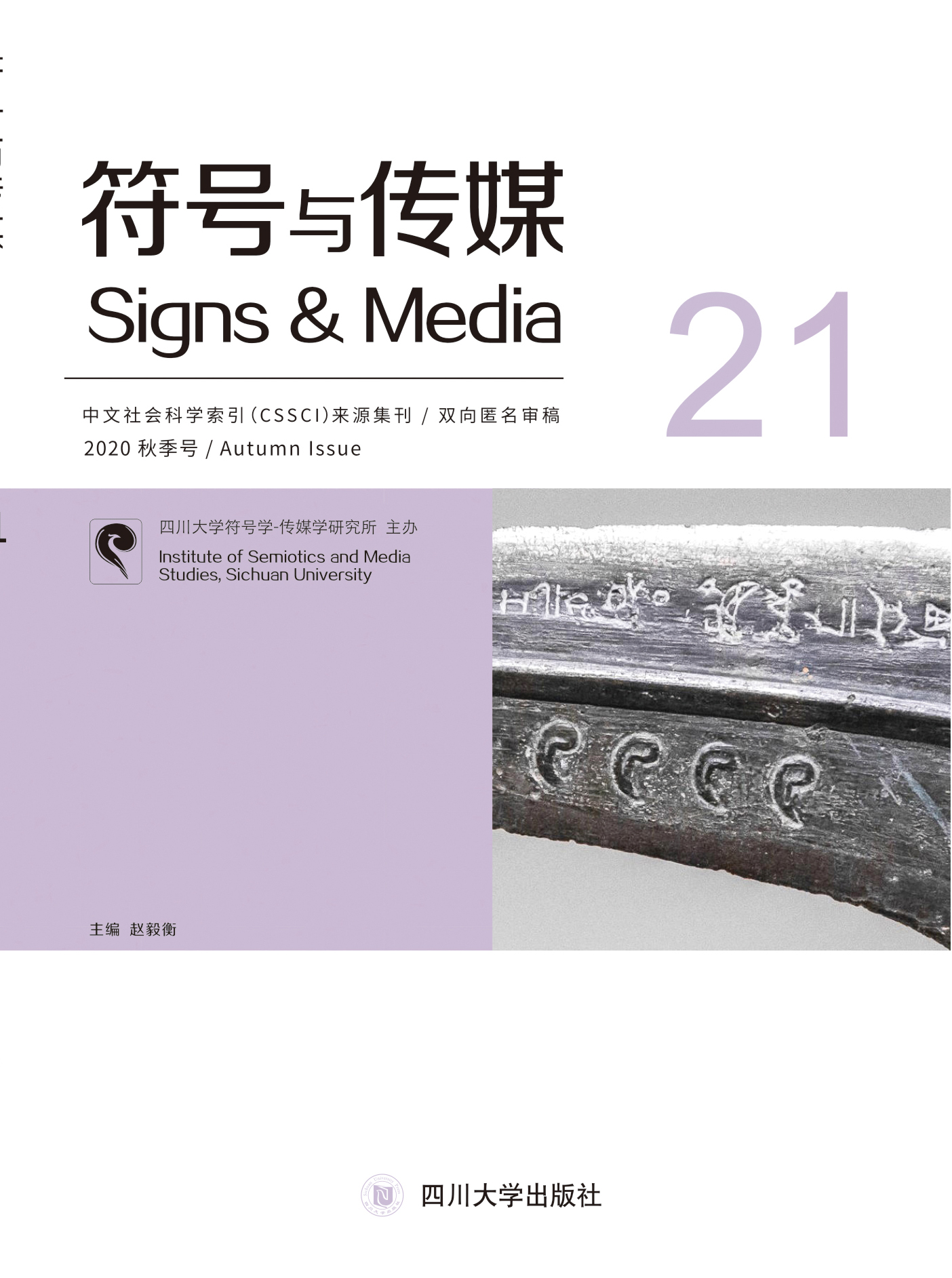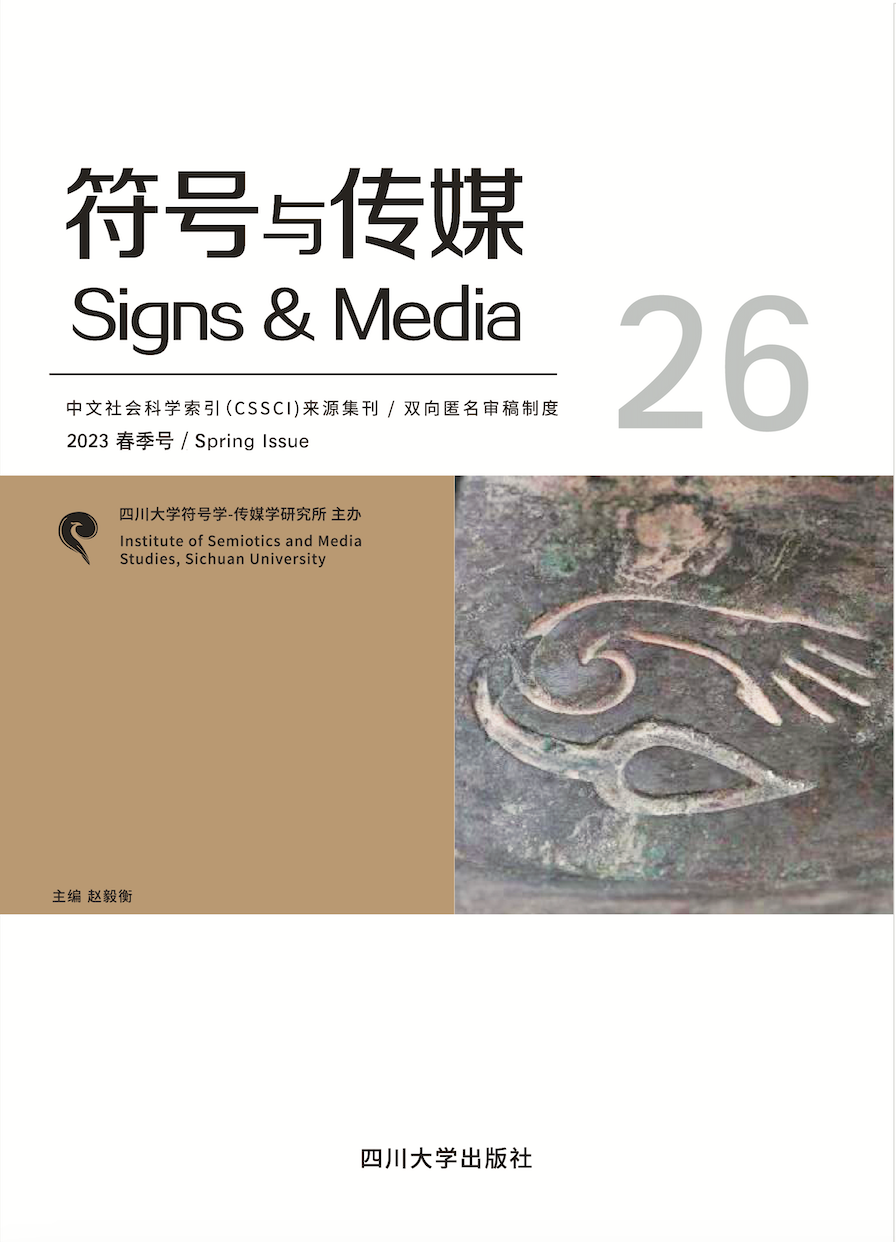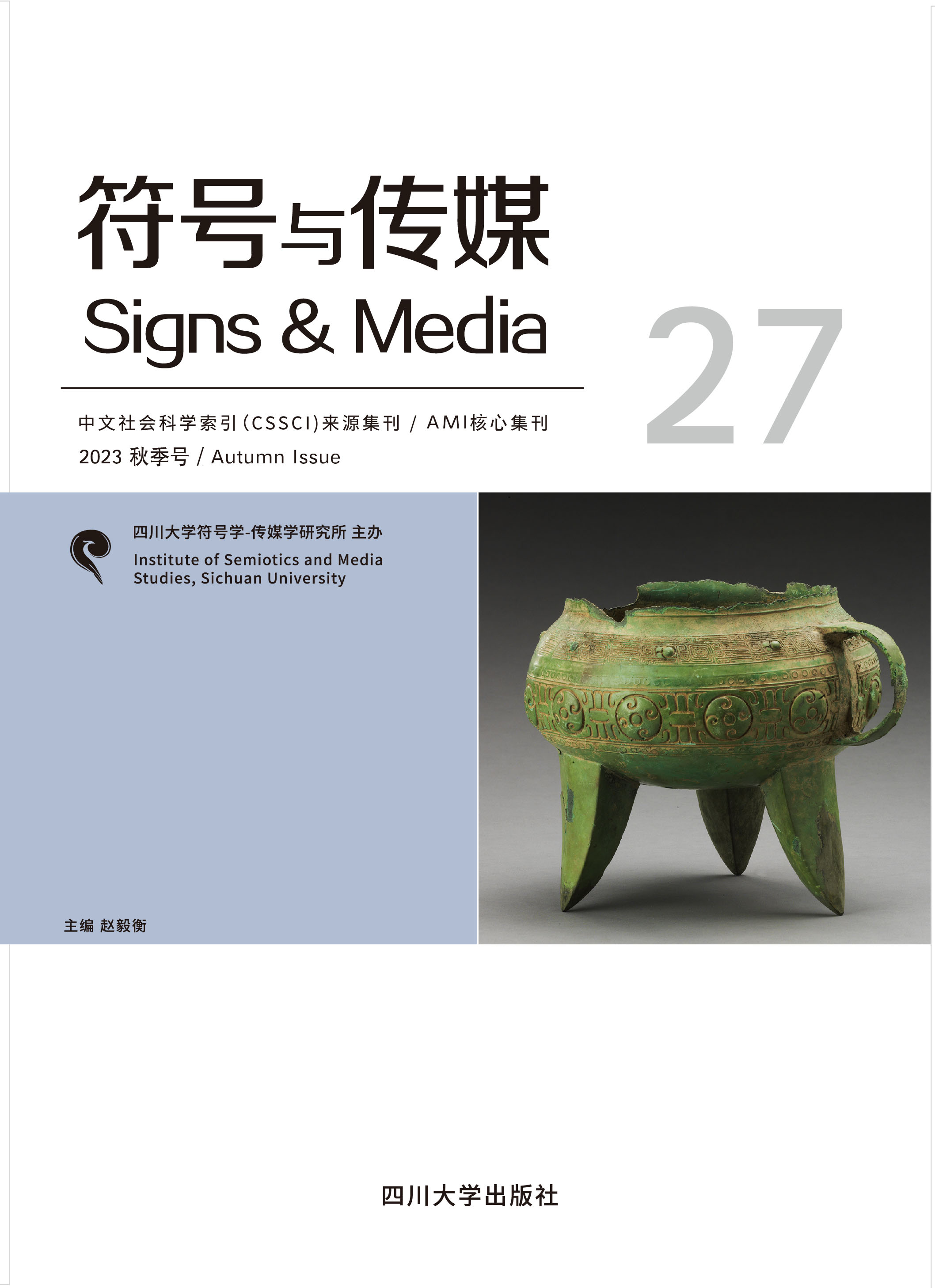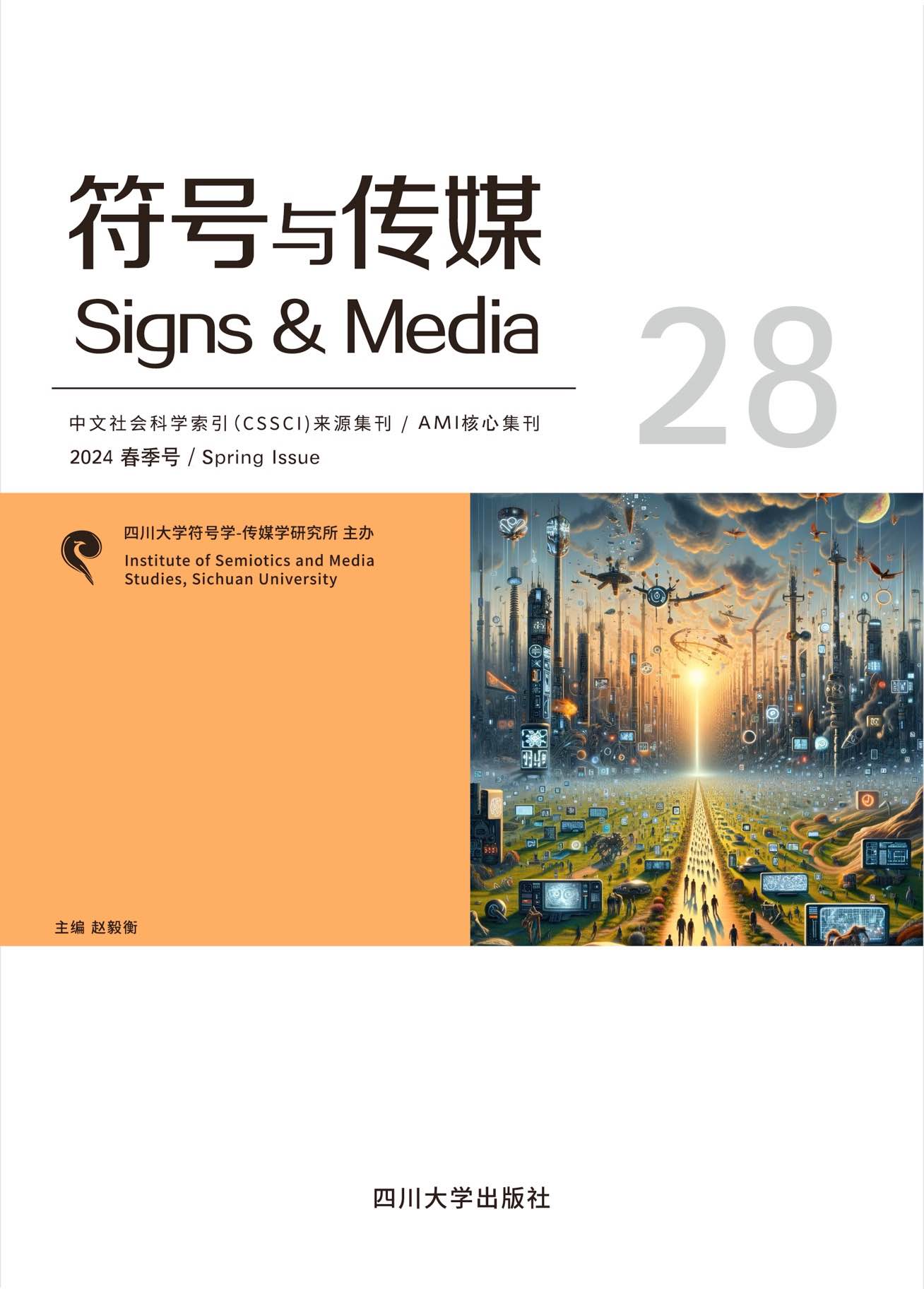The exploration of semiotics is always full of vitality. It constantly expands into new theoretical fields and deepens the understanding and interpretation of its theoretical basis. In the section on “Philosophical Semiotics”, the authors revisit the thoughts and concepts of the classical semioticians to obtain new inspiration. Zhang Zhiting reviews the concepts in Roland Barthes’ semiology of discourse, and their history. Tony Jappy starts with the ‘immediate object’ of Peircean semiotics to explain purpose and intentionality in semiosis. Basing his discussion on semioethics, Augusto Ponzio discusses “listening”, which is key to metasemiosis. Sun Jinyan works on Gombrich’s dialectical thinking on the relationship between image and reality and the potential principle behind it.
The written character is not only a vehicle of signification but also an essential element of culture. In the section entitled “Semiotics of Chinese Characters”, Meng Hua discusses the “endocentric” and “exocentric” nature of characters, with phonetics as the conceptual framework. Chen Yongsheng takes ancient Egyptian hieroglyphics as an example to analyse the interaction between images and language. Kuang Jingpeng ponders the laws of the construction of Chinese characters in literati paintings.
The regular section on the “Semiotics of Communication” brings together scholars’ unique thoughts on various communication phenomena. Wei Wei analyses the Olympic Games in the context of the commodity society from the perspective of Baudrillard. Zong Zheng systematically examines the course of Chinese and Western game studies and looks ahead to the further development of ludology. Jiang Shiping discusses problems with brand crossover from the perspective of biaxial relations. Zhao Yuping and Liu Na provide invaluable insights into film and character settings in entertainment. In the section on “General Narratology”, Wang Xin explores truth, affect and mode in trauma narratives. Ni Aizhen talks about the image and object in pictorial narratives. Wang Changcai puts forward possible challenges to the “double framing” principle. Fu Feixiong and his colleagues re-examine the definition of general narrative. We pay attention to all of the above fields and note with great interest the connections and conflict between these theories and their applications.
主席:曹顺庆(四川大学)
委员:(音序)
Paul Cobley, Middlesex University, UK
Lian Duan, Concordia University, Canada
Kalevi Kull, University of Tartu, Estonia
Mabel Lee, University of Sydney, Australia
Massimo Leone, University of Torino, Italy
Susan Petrilli, University of Bari, Italy
Eero Tarasti, University of Helsinki, Finland
Yiyan Wang, Victoria University of Wellington, New Zealand
蔡秀枝(台湾大学)
丁尔苏(香港岭南大学)
傅修延(江西师范大学)
龚鹏程(台湾佛光大学)
蒋述卓(暨南大学)
李 彬(清华大学)
李凤亮(深圳大学)
李 杰(浙江大学)
乔国强(上海外国语大学)
申 丹(北京大学)
陶东风(广州大学)
王 宁(清华大学)
王一川(北京师范大学)
徐 亮(浙江大学)
杨慧林(中国人民大学)
叶舒宪(中国社会科学院)
乐黛云(北京大学)
张 杰(南京师范大学)
张智庭(南开大学)
赵宪章(南京大学)
周 宪(南京大学)
朱国华(华东师范大学)
主 编:赵毅衡
执行主编:赵星植
执行副主编:何一杰 薛晨
编 务:于化龙 王雨馨 唐波 邓胜月
网络总监:饶广祥
封面创意:唐亚丽
Email address: semiotics_media@163.com
Phone: +86-28-8541-2121
Fax: +86-28-8541-2710
Website: www.semiotics.net.cn
Official Microblog:http://e.weibo.com/semioticsscu
Official Wechat: semiotics2008
Postal Address: Institute of Semiotics & Media Studies,
Sichuan University,
No.29 Wanjiang Road,
Chengdu, 610064
China
Email address: semiotics_media@163.com
Phone: +86-28-8541-2121
Fax: +86-28-8541-2710
Website: www.semiotics.net.cn
Official Microblog:http://e.weibo.com/semioticsscu
Official Wechat: semiotics2008
Postal Address: Institute of Semiotics & Media Studies,
Sichuan University,
No.29 Wanjiang Road,
Chengdu, 610064
China
Email address: semiotics_media@163.com
Phone: +86-28-8541-2121
Fax: +86-28-8541-2710
Website: www.semiotics.net.cn
Official Microblog:http://e.weibo.com/semioticsscu
Official Wechat: semiotics2008
Postal Address: Institute of Semiotics & Media Studies,
Sichuan University,
No.29 Wanjiang Road,
Chengdu, 610064
China




